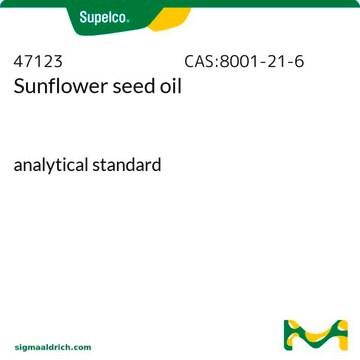AABP02500
MCE Membrane Filter, 0.8 μm Pore Size
MF-Millipore™, filter diam. 25 mm, hydrophilic, black
Synonym(s):
MF-Millipore™ Membrane Filter, 0.8 µm pore size
About This Item
Recommended Products
material
black filter
mixed cellulose esters (MCE) membrane
plain filter
Quality Level
description
25 mm diameter, mixed cellulose esters (MCE) membrane, hydrophilic, black, 100 discs
sterility
non-sterile
feature
hydrophilic
manufacturer/tradename
MF-Millipore™
Millipore
parameter
16 L/min-cm2 air flow rate
190 mL/min-cm2 water flow rate
75 °C max. temp.
filter diam.
25 mm
thickness
150 μm
gravimetric extractables
4%
color
black
matrix
MF-Millipore™
pore size
0.8 μm pore size
82 % porosity
bubble point
≥1.0 bar, air with water at 23 °C
shipped in
ambient
Looking for similar products? Visit Product Comparison Guide
General description
Application
- to place retina samples before immunofluorescence staining
- in microelectrode array stimulation and recording
- in patch-clamp recording studies
Features and Benefits
- Applicable for biological and environmental monitoring.
- Compatible with ethylene oxide, gamma irradiation, and autoclave sterilization methods.
Legal Information
Signal Word
Danger
Hazard Statements
Precautionary Statements
Hazard Classifications
Aquatic Acute 1 - Aquatic Chronic 2 - Eye Irrit. 2 - Flam. Sol. 1
Storage Class Code
4.1B - Flammable solid hazardous materials
WGK
WGK 3
Regulatory Listings
Regulatory Listings are mainly provided for chemical products. Only limited information can be provided here for non-chemical products. No entry means none of the components are listed. It is the user’s obligation to ensure the safe and legal use of the product.
FSL
Group 5: Self-reactive substances
Nitric esters
Hazardous rank I
1st self-reactive materials
JAN Code
AABP02500:
Certificates of Analysis (COA)
Search for Certificates of Analysis (COA) by entering the products Lot/Batch Number. Lot and Batch Numbers can be found on a product’s label following the words ‘Lot’ or ‘Batch’.
Already Own This Product?
Find documentation for the products that you have recently purchased in the Document Library.
Our team of scientists has experience in all areas of research including Life Science, Material Science, Chemical Synthesis, Chromatography, Analytical and many others.
Contact Technical Service






